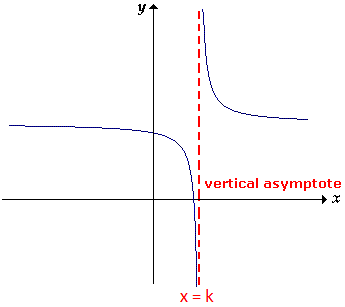What are the similarities between the 2 graphs?
Both Range: [-1,1]
Domain: [-infinite, infinite]
f(x)=7x-1 Find f(-2)
What is -15?
How will the graph move if C=4?
Right 4
What degree makes a full circle?
360 degrees
Which of the following graphs represents cosine?
A
B
A
Where is the vertical asymptote?


f(x)= 2x-1 and g(x)= 3+4
Solve for f(x)/g(x)
What is 2x-1/3x+4 ?
How was this graph transformed?
Amplitude was changed
What fraction is 90 degrees
Pi over 2
In the equation 30sin(13(x-5))-10, what is the amplitude?
30
What is the radian of 30 degrees?
pi over 6
f(x)= 4x-3 , 2f(x)+3
What is 8x-3 ?
How would the graph of cos(5x)+15 be transformed?
stretched by 5, up 5 units
What is the cos of X?
x=90 degrees & 270 degrees
What is the mid-line of this graph?
-4
What is the tan of 90 degrees?
infinite, infinite
Find the inverse for the following function
y= 1/3x -5
What is 3x+15?
How would the graph 5sin(3(x-2))-3 be be transformed?
amplitude of 5, stretched 3, right 2, and down 3
Solve cos2 over sin?
csc x - sin x
Write a function to represent this graph.
To use pi, write pi

cos(pix)
What is the tangent of 150?
-1 over square of 3, -0.577
f(x)= -10x+7 and g(x)= -15x-4 Does f(g(x)) equal to g(f(x)) ?
What is No, f(g(x)) and g(f(x)) does not equal.
write an equation for this graph
sin(3x+ pi) +1
solve sec(-x) x sec(x) over -csc(x) x -csc(x)?
tan2 x
Write a function to represent this graph using cos.
3cos(1.57(x-3))


